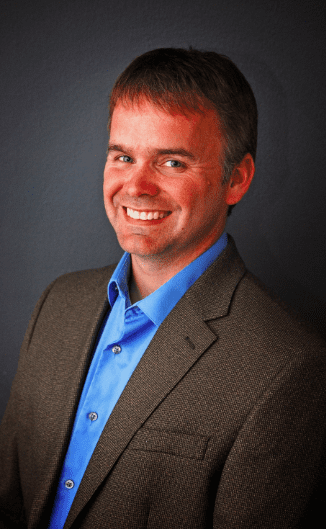 Increasingly theology is taking a narrative turn, a shift as perceptible as it is transformative, and its key notes are not abstracted ideas (God, man, Christ, sin, salvation, ecclesiology, eschatology) but the narrative itself. A number of scholars have pointed the way and carved some paths, including Craig Bartholomew, N.T. Wright and John Nugent. One of the impacts of a narratival/storied approach to theology is what it looks like in practice so Part Three of Nugent’s Endangered Gospel concerns “A Better Place in Action.”
Increasingly theology is taking a narrative turn, a shift as perceptible as it is transformative, and its key notes are not abstracted ideas (God, man, Christ, sin, salvation, ecclesiology, eschatology) but the narrative itself. A number of scholars have pointed the way and carved some paths, including Craig Bartholomew, N.T. Wright and John Nugent. One of the impacts of a narratival/storied approach to theology is what it looks like in practice so Part Three of Nugent’s Endangered Gospel concerns “A Better Place in Action.”
Nine points need to be made to set up themes like discipleship and leadership (and many more), and much of this is taken directly from the words of Nugent himself (pp. 119-121).
1. The good world God created is broken and God cares about its broken condition.
2. One of God’s earliest “strategies” was the implementation of powers and principalities to check violence, lawlessness, and poverty.
3. God formed a covenant-based relation with Abraham and his descendants as to show what Nugent calls the better way.
4. Jesus inaugurated God’s better world even if surrounded by a broken world in his people (and I would call them kingdom-church people).
5. Nonhuman creation, Nugent says, must wait for its restoration until the end but during its waiting the church is to point toward the better place.
6. Neither ISIS nor the Pentagon, Nugent says explicitly, knows the way. Their economies and military powers are arrogant attempts to be the better way and the better place but they fail.
7. Christ is the way but the church participates in Christ-as-the-way.
8. Church people, from the apostles on, are tempted to go the way of the world (Luke 22:24-27) but the way of Jesus is…
9. The way of humility, self-denial and cross bearing. That is, it is the way of the child (Matt 18:1-4).
This is the kind of narrative-shaped theology that changes the way a church sees itself, and the way an individual follower of Jesus sees herself, and the way theology needs to see itself.
What does this approach look like for discipleship? Nugent goes to the heart of it in this:
This hubris is at work whenever someone chooses Jesus, but rejects the church. When believers make Christ the center of their lives without participating in a local church, they are trying to act out of their own strength. Jesus is head of the church, not the private Lord of pious individuals who want to live right and do good in this world. God’s better world is made possible by the work of Christ, and it is made visible in the body of Christ. We cannot seek first God’s kingdom without joining the people who embrace, display, and proclaim that kingdom (123-124).
The most dangerous religion is not Islam, nor is it atheism (if we want to call that a religion). The most dangerous religion is a form of Christianity that uses the name of Jesus to keep people happy and healthy, but doesn’t call them into a form of fellowship that showcases God’s kingdom before the watching world (125).
He then gives some marks of discipleship that moves beyond (highly individualistic) spirituality:
1. Disciples stop thinking of “I can do all things through Christ who strengthens me” as just an individual confession.
2. Disciples strive to live, at all times, in line with the new socioeconomic order made possible by Christ. According to Scripture, this is a life of koinonia.
3. Disciples move beyond the question “What can I do to show people Gods love?” to “How can we as a body display Gods kingdom by loving each other the way God loves us.














